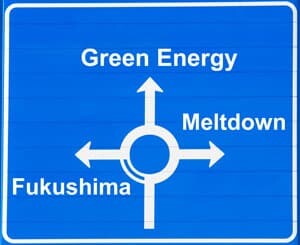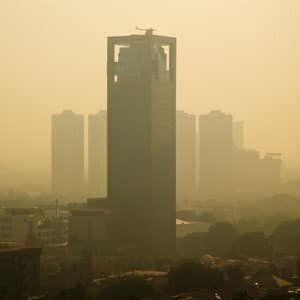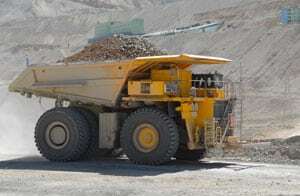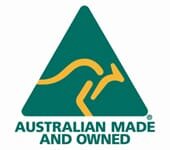 Australia is the only country-continent capable of massive fish production. However, the situation has significantly changed during the last century, and overfishing has become a serious problem for Australia. Stocks are down, and sustainable practices need to be introduced and considered.
Australia is the only country-continent capable of massive fish production. However, the situation has significantly changed during the last century, and overfishing has become a serious problem for Australia. Stocks are down, and sustainable practices need to be introduced and considered.
Threats to Stocks
In 2005, 17 species of fish from a total number of 84 were considered to be in danger from overfishing. Given the fact that climate change will have an impact on sea life, affecting their natural habitat, it is hard not to relate one with the other.
Another issue found in Australian waters is related to illegal fishing. Trawlers often fish illegally without any permit, right under the noses of authorities. People fishing illegally do not keep count of mating seasons or fish migration. The Australian Coast Guard also spends a large proportion of time safeguarding against illegal fishing boats in our territories, which come down from Asia to trawl and net for our stocks.
Because of this, the natural balance is disrupted and several species endangered.
Climate change impact
Fish populations in Australia are also affected by climate change which in turn affects such issues as
- The unequal distribution of nutrients
- The invasion from exotic species
- Rising sea levels
- Currents in warm and cold water
These four elements are very connected to one another an disruptions in one may have a chain effect or reaction in another – all of which throws out the delicate aquatic conditions and balances that foster fish reproduction and spawning.
With the balance thrown out, an ensuing lack of food and lack of a secure place for laying eggs, may ultimately translate into species disappearance. It is estimated that Australia loses 20 species every year, on land as on sea, which could interfere permanently and irreversibly with the natural environment cycle.
Stealing fish
Overfishing, a major concern for all Australians, has been debated within the Federal Parliament on numerous occasions over the past few years. Green groups have even argued that the significant hike in fuel prices may help to curb the waves of overfishing that can occur.
This is because fuel represents 60% of the total capital outlay associated with fishing, and any fuel hikes can significantly affect duration of time out at sea for trawlers and sizeable fishing boats.
Of course multiple measures have been implemented, from increasing coast guard and water police patrols, to utilising new and better devices to spot trawlers. And of course illegal fishermen will come up with new innovative methods to fish, from dynamiting the water to tracking fish movements with radar; Aussie sea life continues to remain endangered, more now than ever before.
But in spite of this, there are companies and organisations attempting to make a real difference.
Envirosafe Solutions is always concerned for the waters surrounding the Australian continent, and that is why the company has developed an Extreme Green Range of products that have less impact than most other counterpart products on the market. If you would like to know more about the Envirosafe Solutions Extreme Green range, please contact 1300 889070 and speak with the sales staff who can assist.
Sources
http://wwf.panda.org/who_we_are/wwf_offices/australia/environmental_problems_in_australia/

































